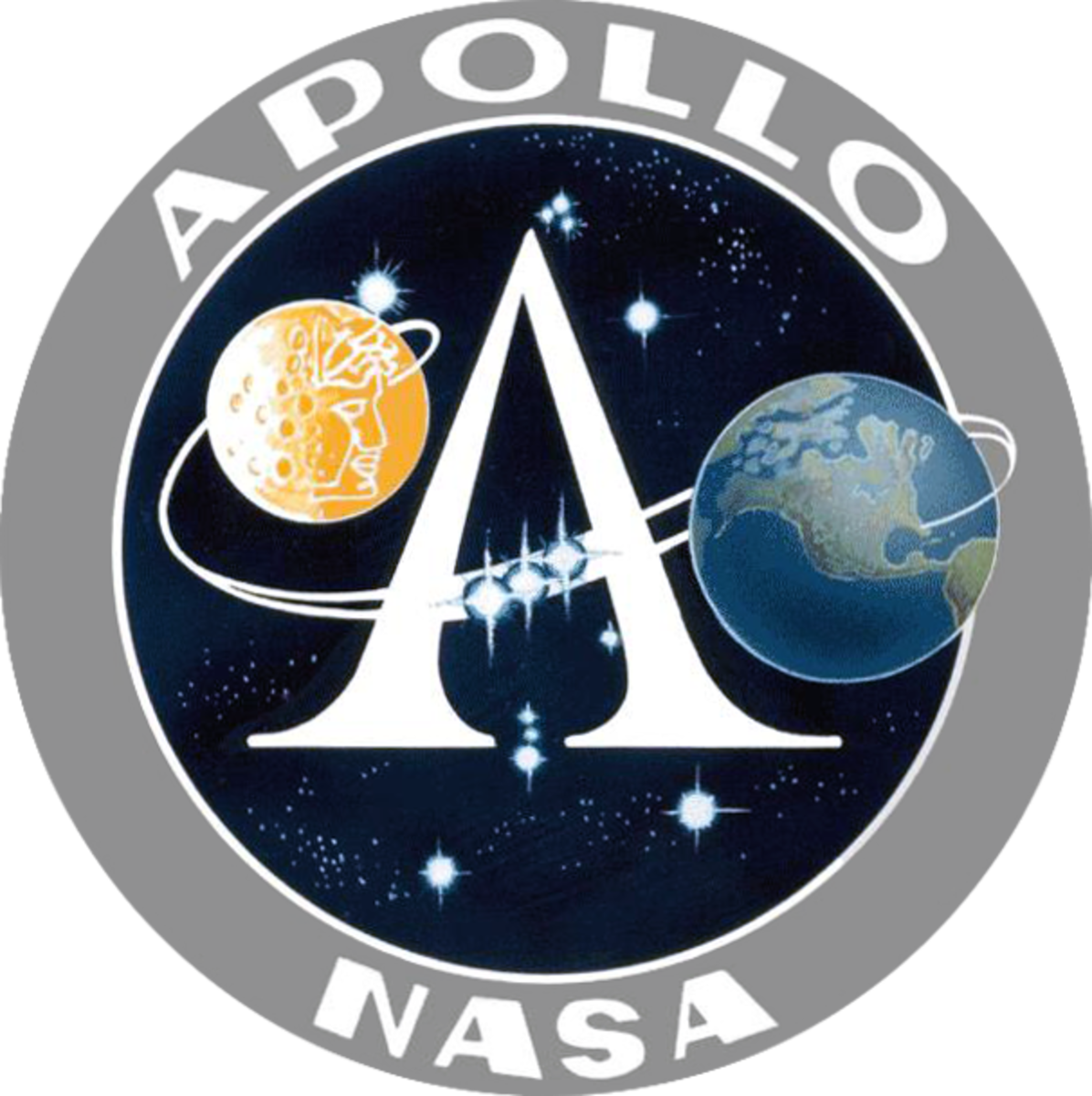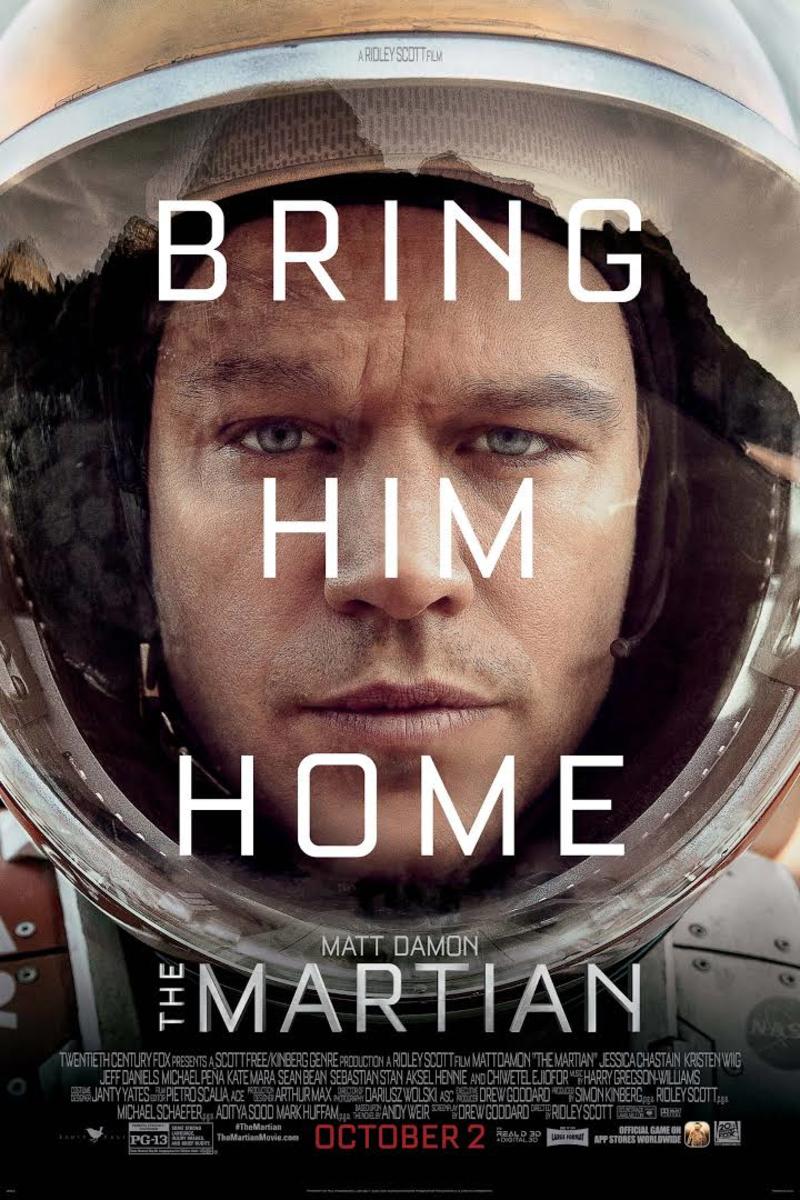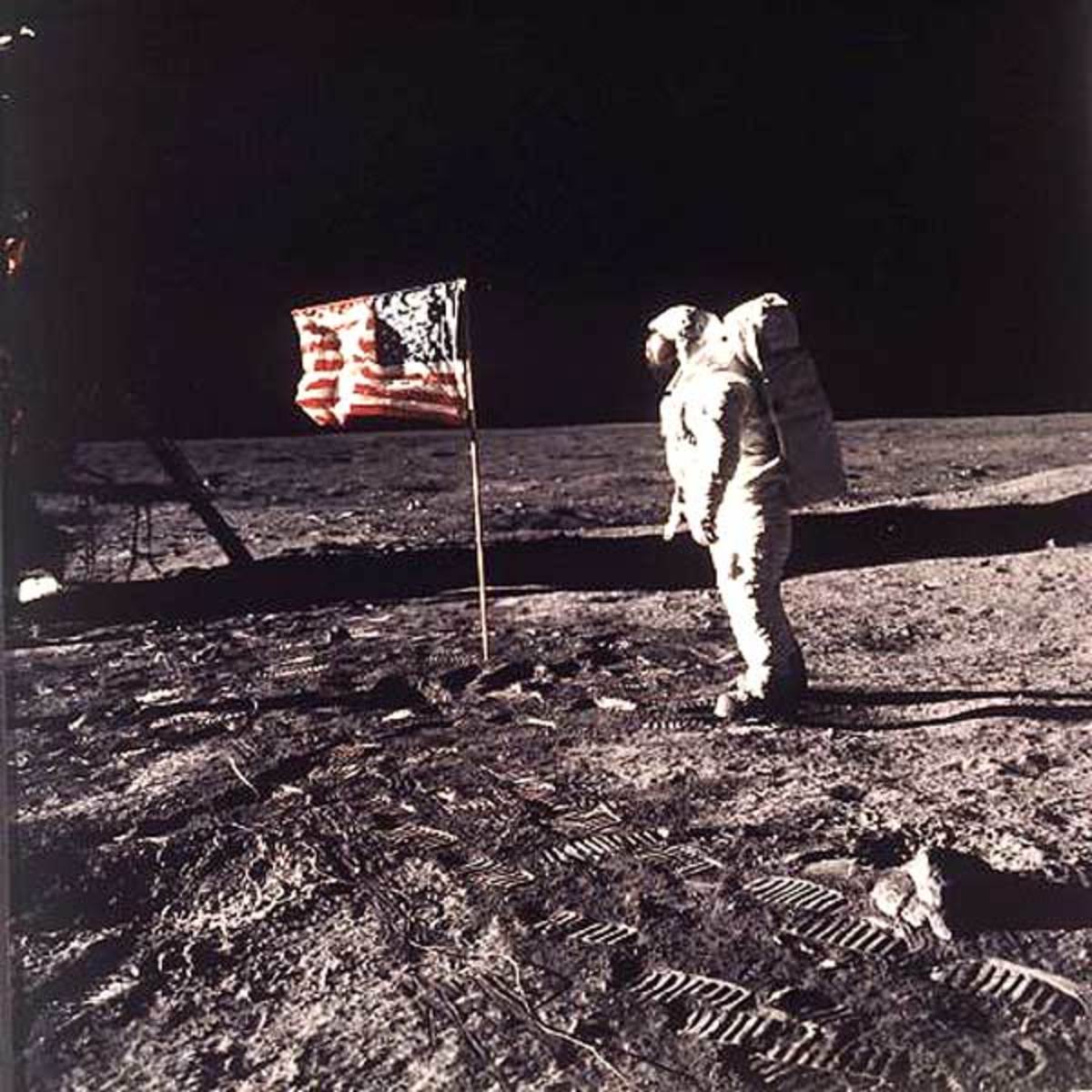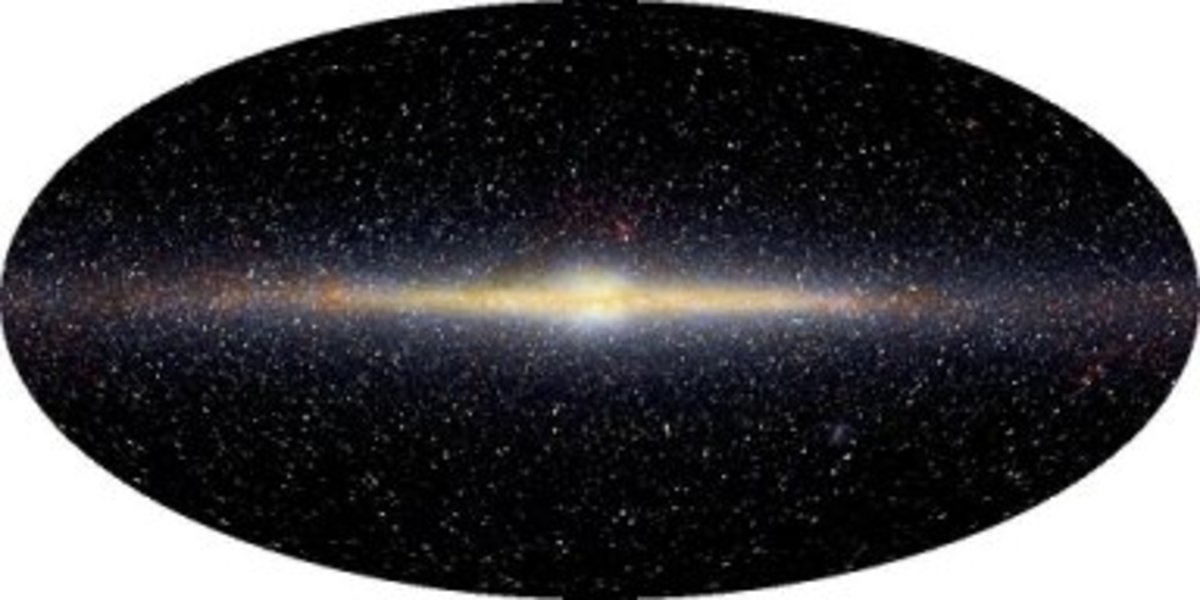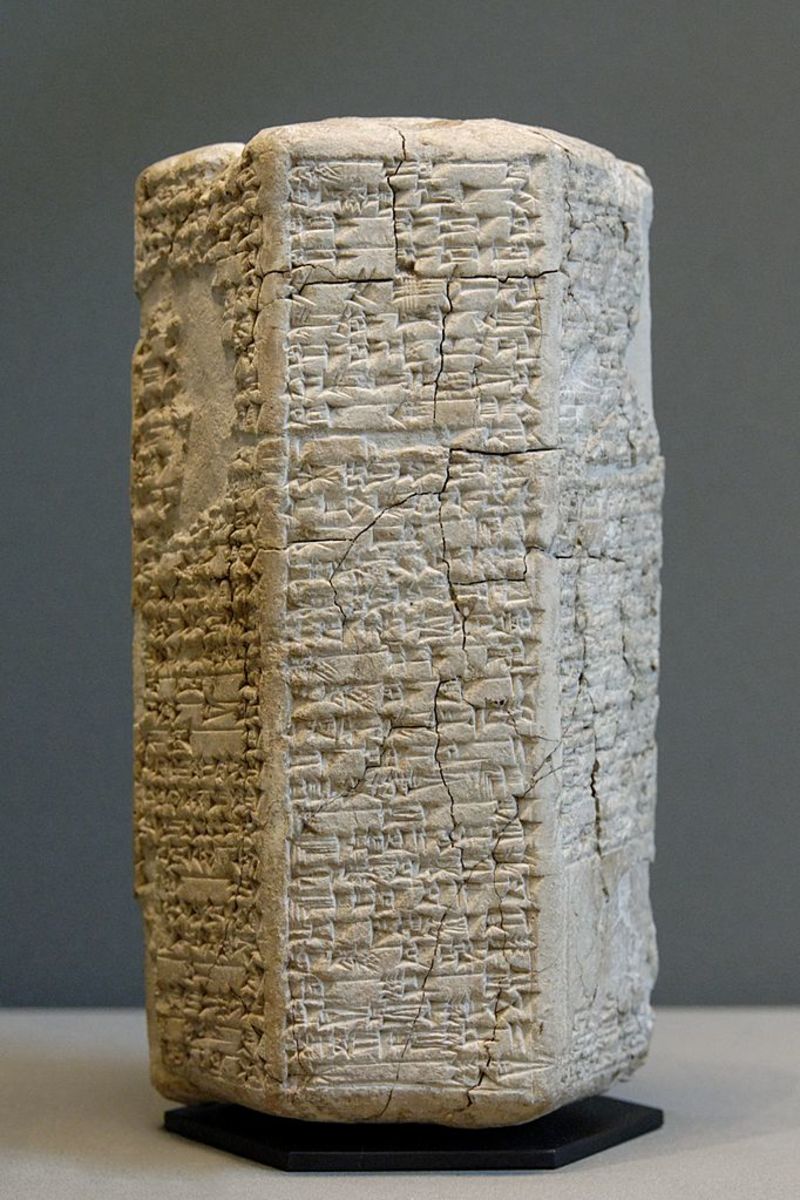Sending man & animals into space
The first animal in space was a dog called Laika. which was launched in a spacecraft by the Soviet Union in November 1957. The capsule was not designed to return to Earth and about a week later Laika died of asphyxiation when the oxygen ran out-provoking a worldwide outcry from animal lovers. Three years later, in August 1960, the Soviet Union sent two more dogs - Strelka and Belka- on a 24 hour space flight. This time the capsule was parachuted safely back to Earth, and the animals were said to be none the worse for their experience.
On April 12, 1961, the Russian astronaut Yuri Gagarin (1934- 68) became the first man to be rocketed into space. His 5 tonne vehicle, the Vostok (meaning 'East'), circled the Earth once and its flight lasted for just over 89 minutes. It returned safely after reaching a maximum altitude of 315km (195 miles). Ironically, having survived this pioneering flight, Gagarin was killed during a routine one. A jet he was flying seven years later crashed during a training flight. His ashes were given a place of honollI in the Kremlin wall in Moscow.
In November 1960 an American rocket launched from Cape Canaveral. Florida, went off course and crashed in Cuba. killing a cow. The Cuban government gave the cowan official funeral as the victim of 'imperialist aggression'
The first space station - Salyut, meaning 'Salute' - was launched by the Soviet Union in April 1971. It was designed to test the long-term capabilities of man to live and work in space; and to allow experimental work to be done in the fields of solar power, industrial processes and medicine.
The Americans launched their first space station, Skylab, in May 1973, It was larger than Salyut-about 6m (20ft) long and 6.4m (21ft) wide-and had two main compartments: a workshop and living quarters. There was a lavatory, a shower. solar-powered electric ovens and hot-plates, and sleeping bags attached vertically to the walls, There was also an exercise bicycle for the astronauts.
Three teams of astronauts manned Sky lab for a total of 172 days. Then the last astronauts returned to Earth and the space station was left empty in orbit. In July 1979 it re-entered the atmosphere and broke up as it fell to Earth. By then, the Russians had launched a series of Salyut stations - each about one-third the size of Skylab, The last of these, Salyut 7, was launched in April 1982 and in late 1984 was still in orbit.
Although space travel is very much a 20th-century phenomenon, the idea of exploring space has fasci- nated mankind for centuries, The French dramatist and novelist Cyrano de Bergerac (1619 - 55) - model for Edmond de Rostand's 1897 play of the same name-predicted that one day people would travel to the Moon by rocket.
The possibility of putting an artificial satellite in orbit was proposed in 1687 by the English mathematician and physicist Sir Isaac Newton. And in the 1890s a Russian scientist, Konstantin Tsiolovsky (1857 -1935). also advocated rockets as the ideal way of travelling into outer space. 'The Earth is the cradle ofthe mind,' he stated, 'and man will not stay in the cradle for ever!'

